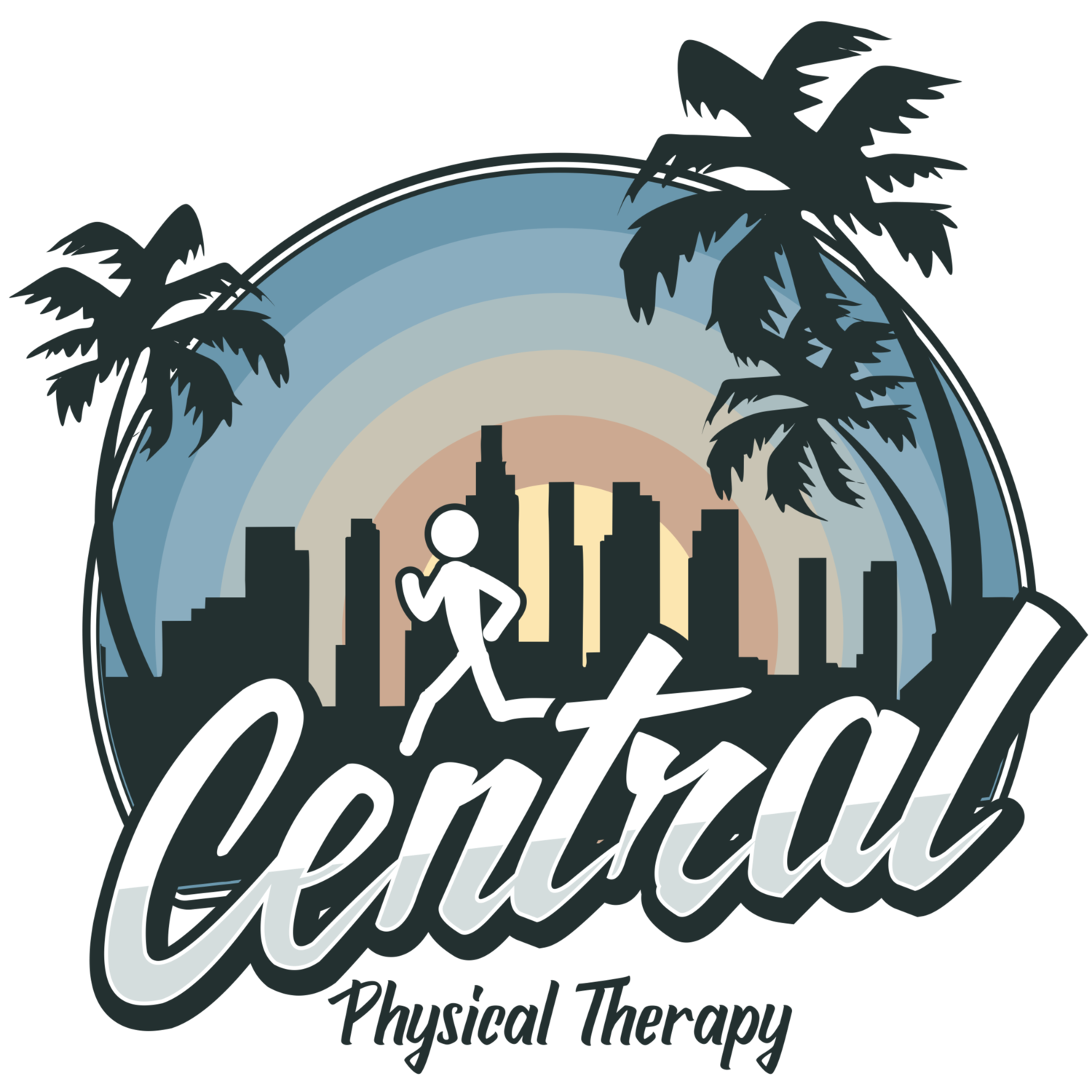Why is proper breathing & stabilization important?
We breathe in and out about 22,000 times a day, so it's no surprise that breathing properly is important to our overall function and health. Many people breathe with their upper chest bringing their shoulder blades up and down with each breath. This way of breathing is inefficient and causes the accessory muscles in the neck to be overworked and tight, among other things. Instead, breathing needs to be in the lower trunk/abdominal region between the lower ribs and pelvis using the diaphragm muscle.
The diaphragm is a big, dome-shaped muscle underneath our ribs. It has three main functions: respiratory, postural, and also has a role in lower esophageal sphincter function (digestive).
There are many benefits to diaphragm breathing which includes (1,2):
More efficient breathing with less effort and energy compared to upper chest
Uses lungs to more of its full capacity increasing the amount of oxygen coming into the body
Improves muscle function during exercise and reduces strain
Makes it easier to release gas waste from the lungs
Reduces blood pressure and heart rate
Improves relaxation
The diaphragm also has a postural function (3,4). This requires a proper coordination of the diaphragm with the other muscles in the area — which includes the abdominals, pelvic floor, and lower back muscles – to increase the intra-abdominal pressure (IAP) and stabilize the trunk, resulting in a 360-degree, cylindrical expansion. Many people solely focus on the breathing aspect (belly breathing) but do not include stabilizing properly. Or it’s the other way around where the focus is stabilizing, but not breathing with it. We want to be able to do both simultaneously.
Why is this important? Stabilizing simultaneously helps to keep the spine and other joints in their neutral and centered positions. When we were babies, we actually were programmed in our brain to breathe and stabilize in this way (in the mid section) prior to moving our extremities and progressing into more advanced positions like crawling, kneeling, and walking. So restoring this is merely restoring motor programs that are already inside us. Keeping joints in their neutral or centered positions also help to keep the muscles balanced and prevent the overloading of structures like the spine and discs.
Try practicing proper breathing and stabilization:
DNS Supine 3-month position
Lying on back with feet up on ball or chair, hips and knees should be at 90 degrees. Knees are a little wider than the hips and shins are angled inwards. Head is supported. Place your fingers in groin area (2 inches in from pelvic bone ASIS). Now initiate breath into this groin area, breathing in thru nose (this area should rise before the chest rises). As you exhale, press outwards into your fingers as to maintain the pressure. Try to keep upper abdominal muscles relaxed. Upper gluts should stay in contact with surface. Repeat this with each breath.
Check out this video to practice:
Links:
https://my.clevelandclinic.org/health/articles/9445-diaphragmatic-breathing
https://www.rehabps.cz/data/Stabil%20Function%20Diaphragm.pdf
Questions or comments? Contact us.



